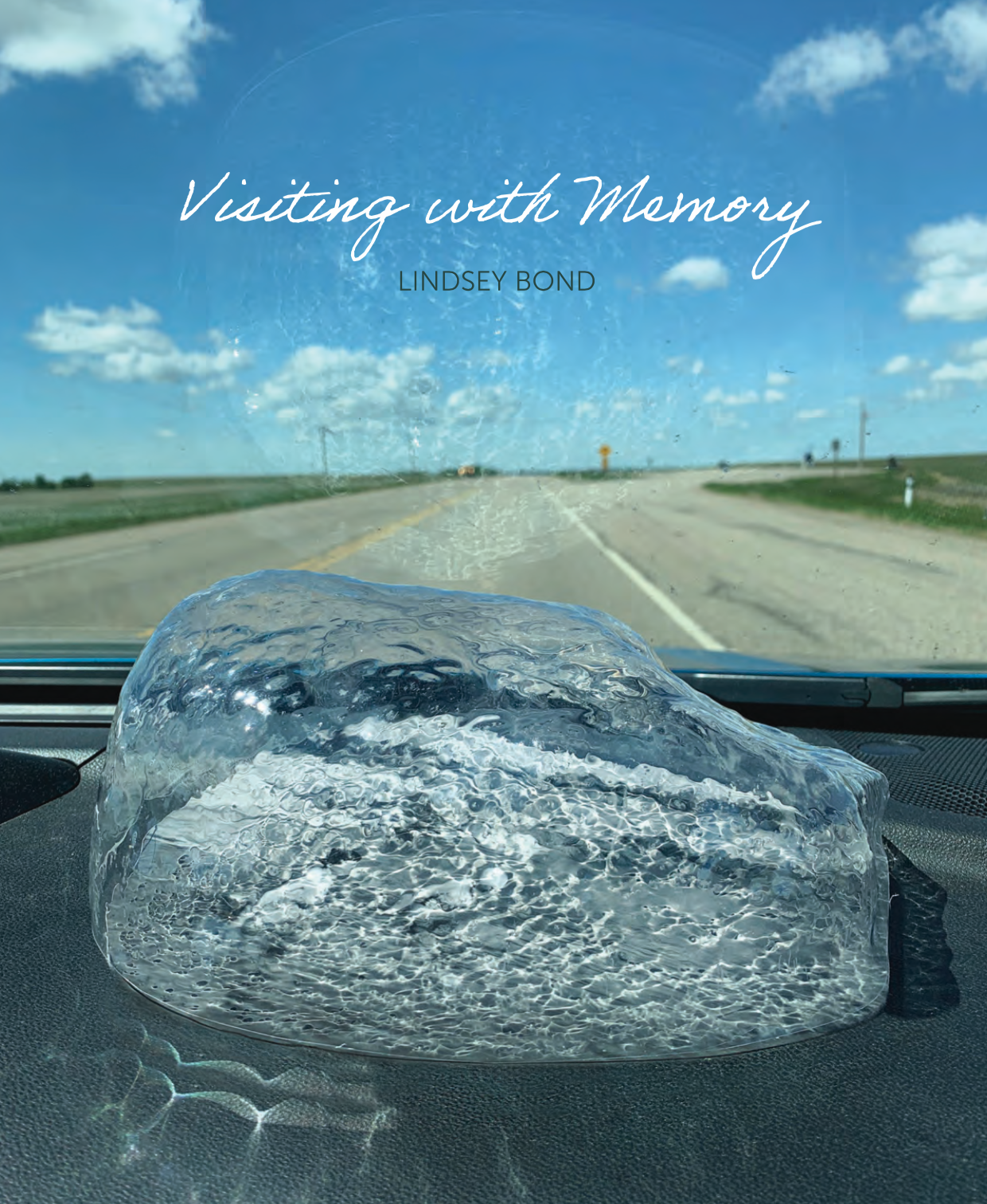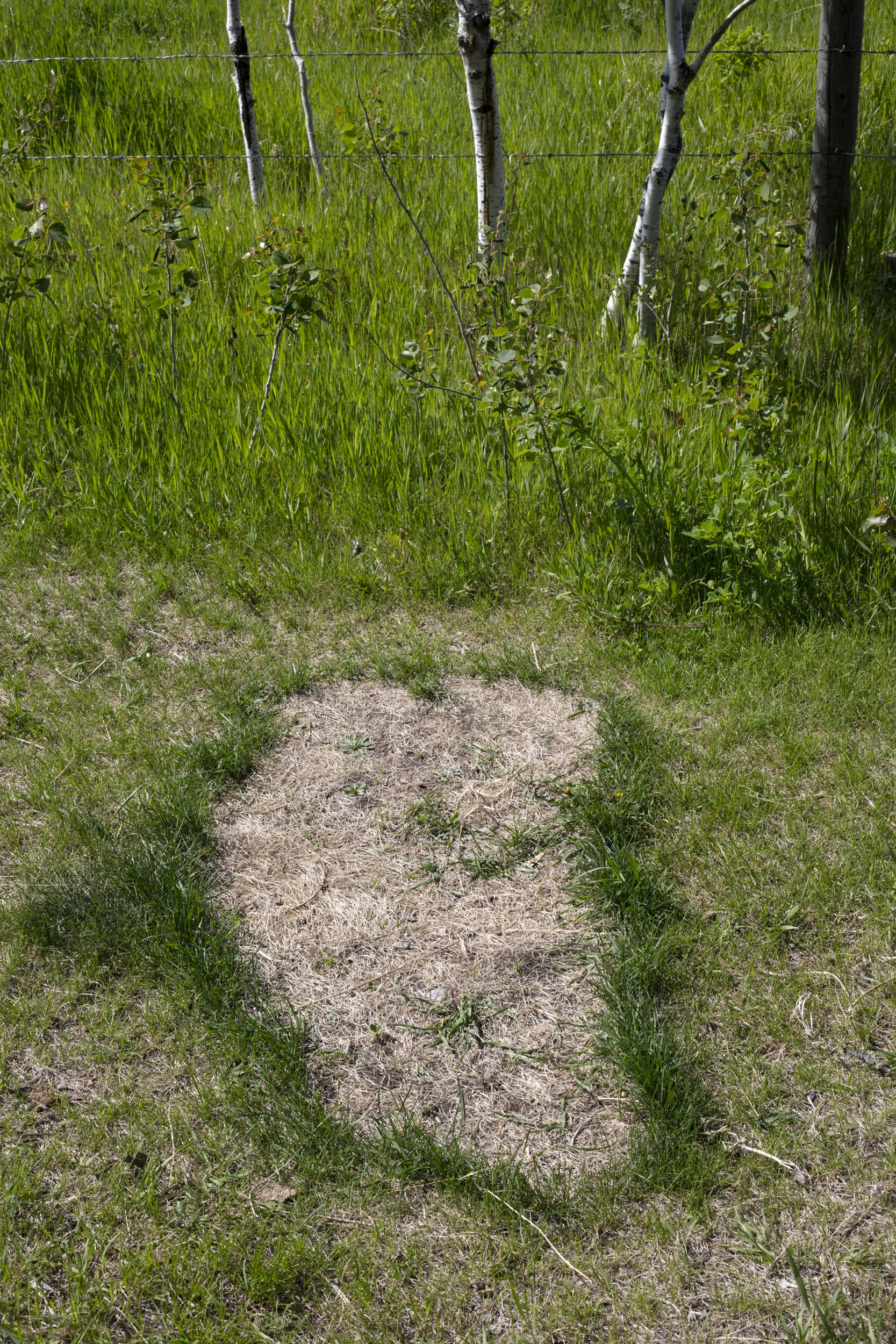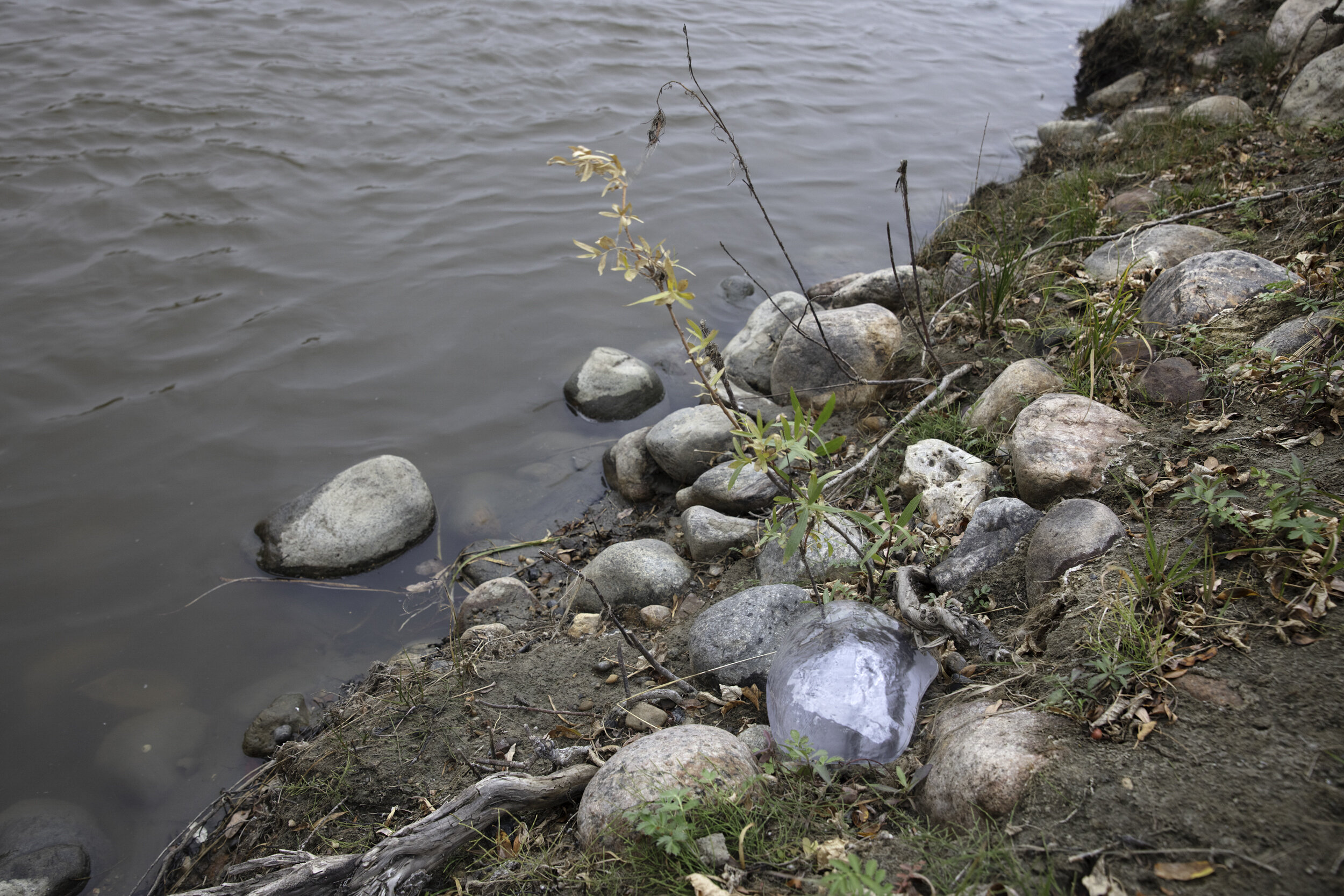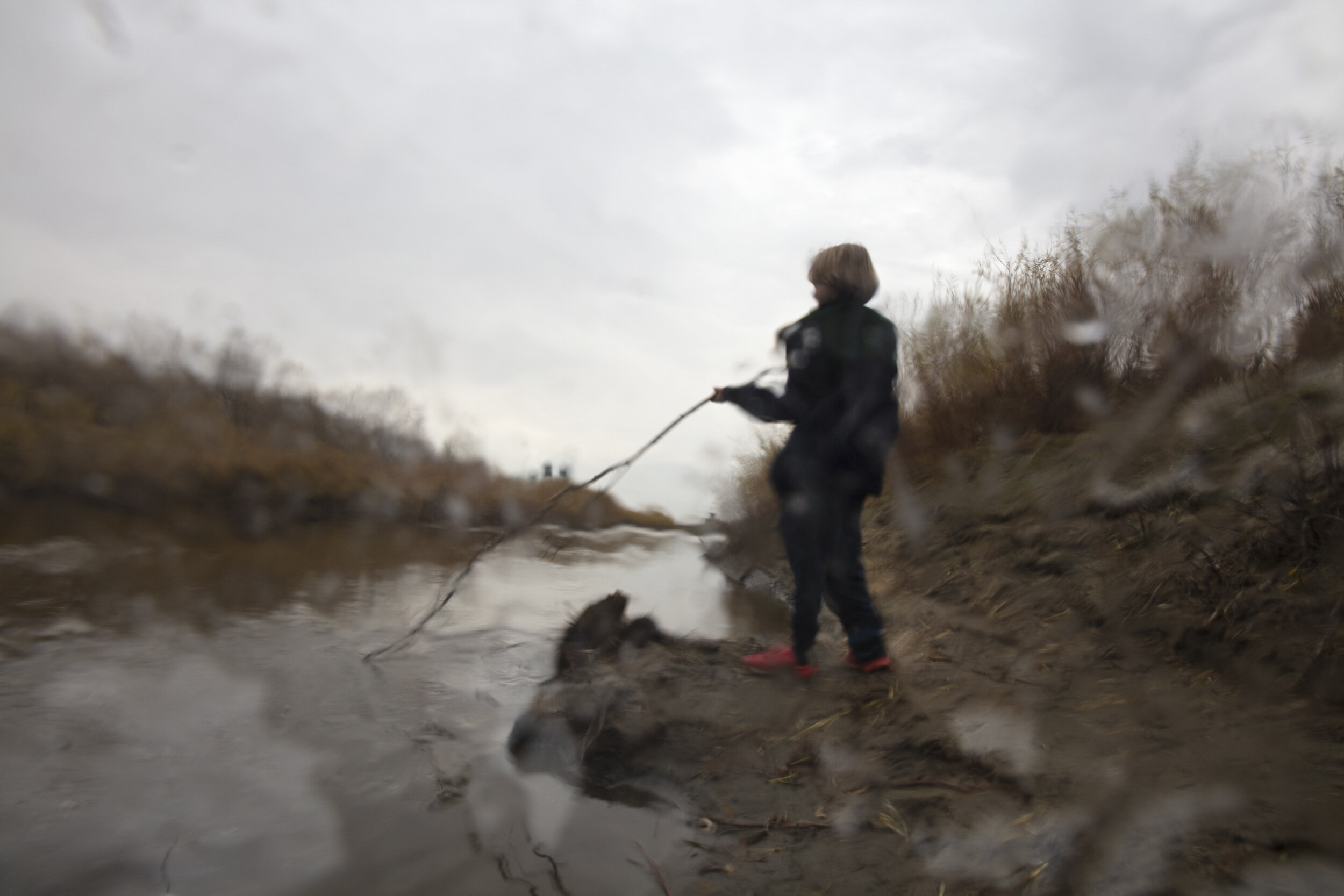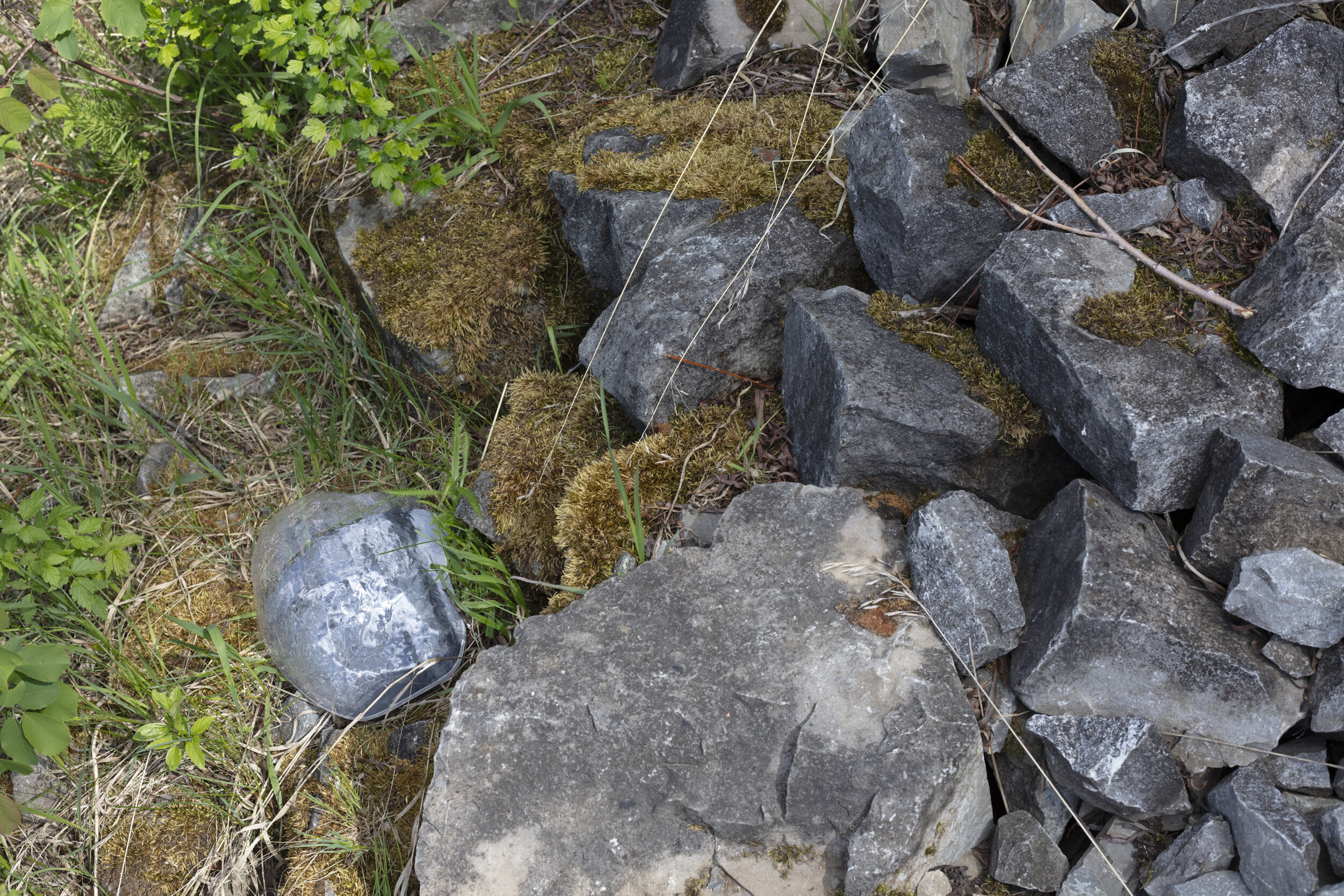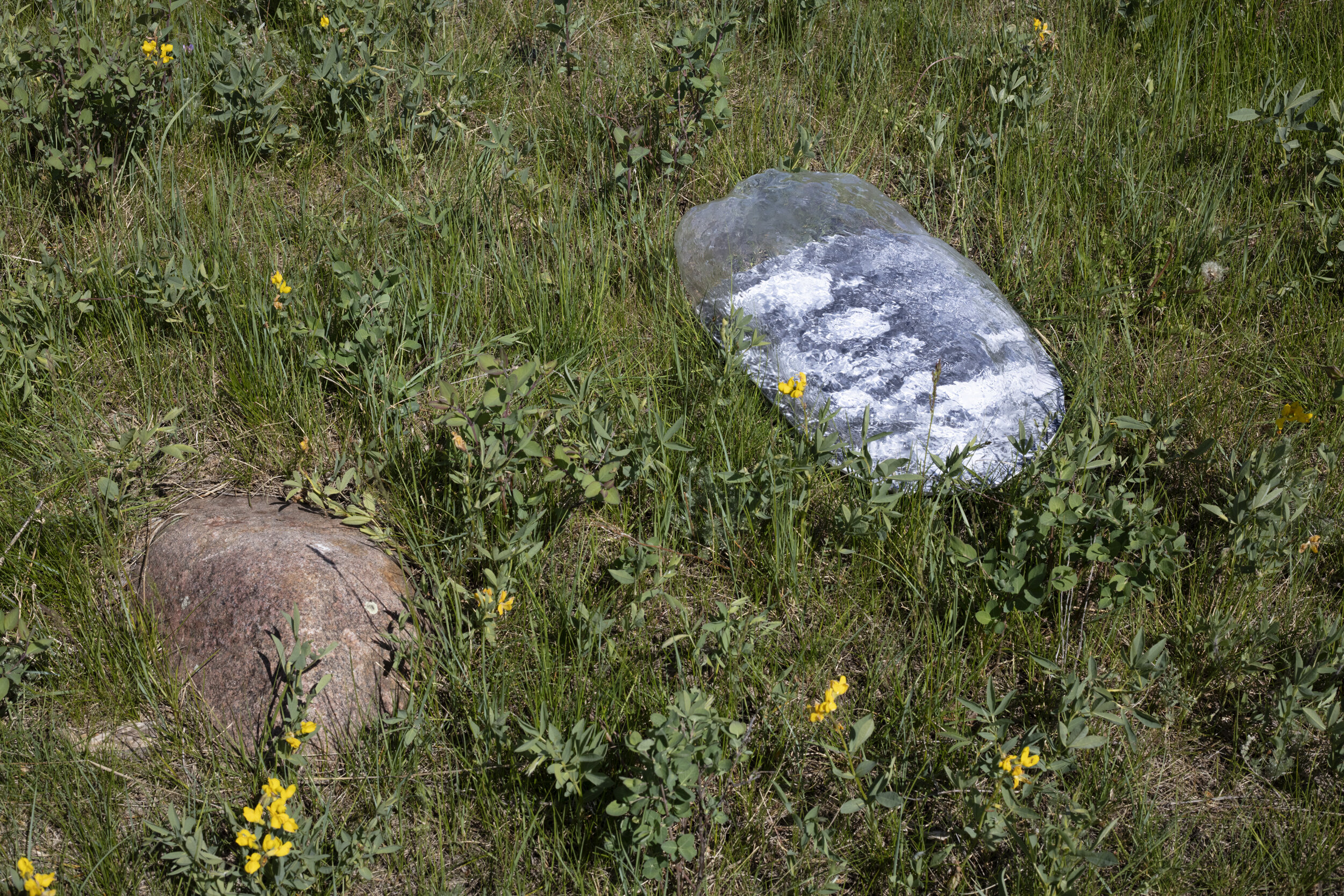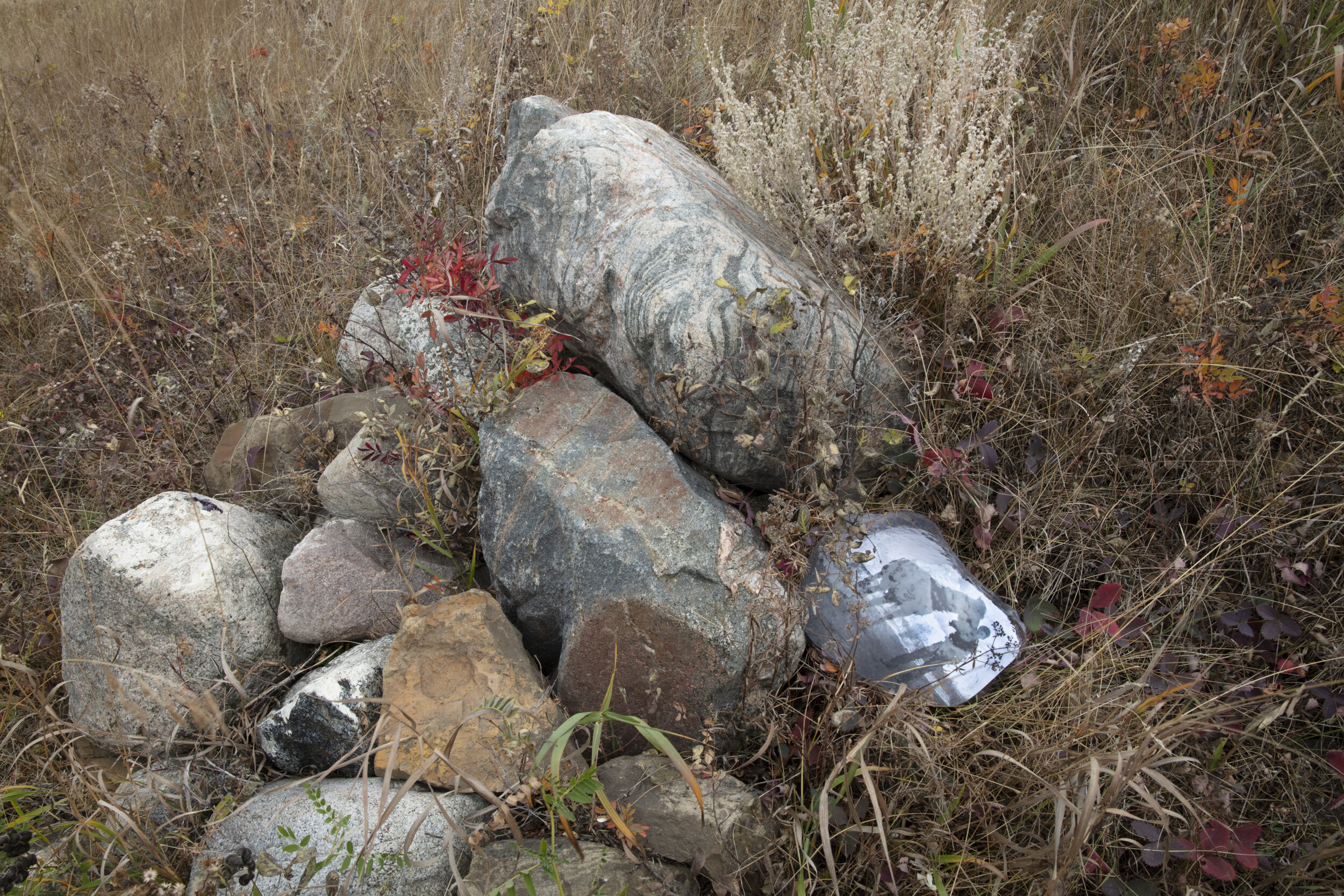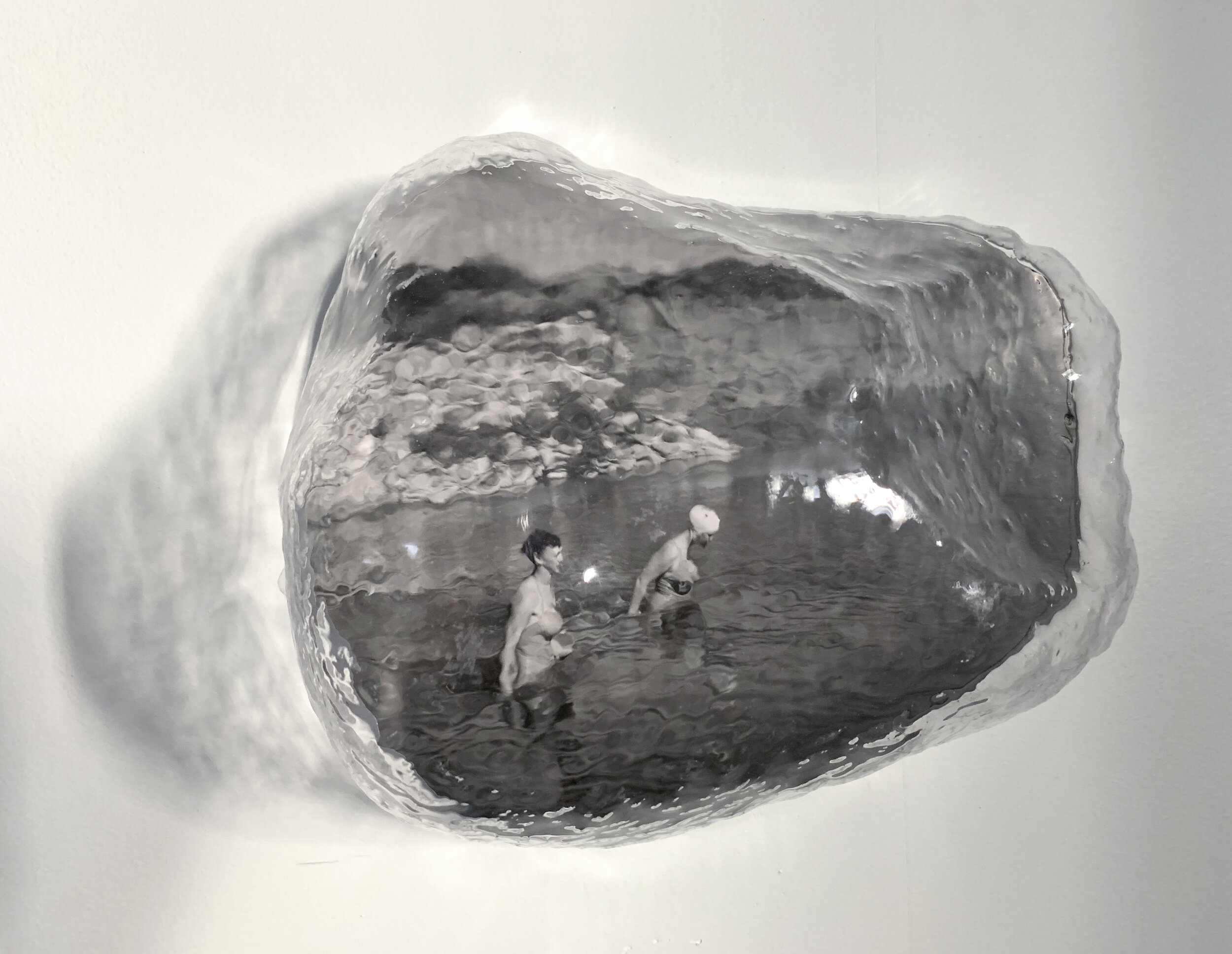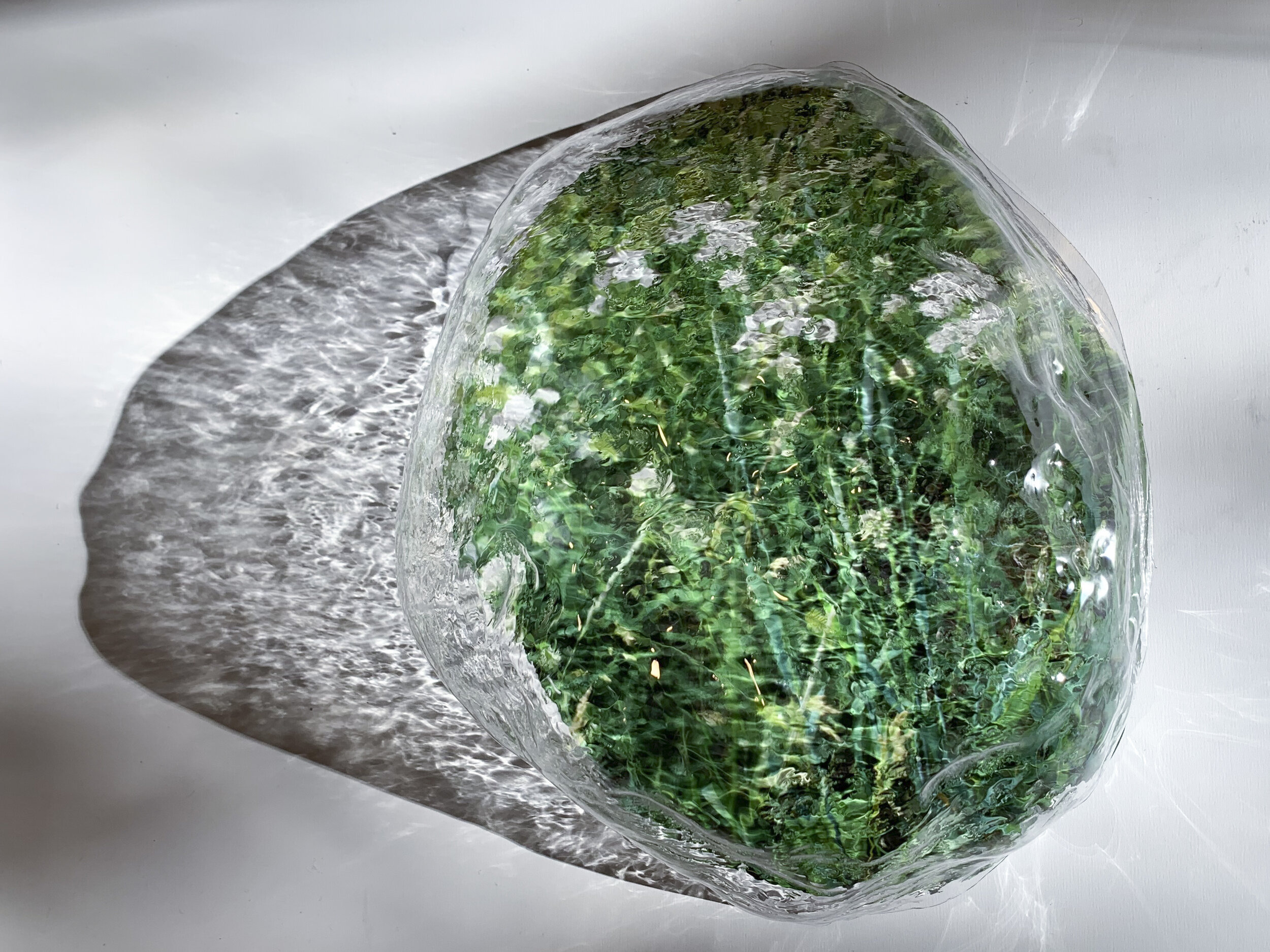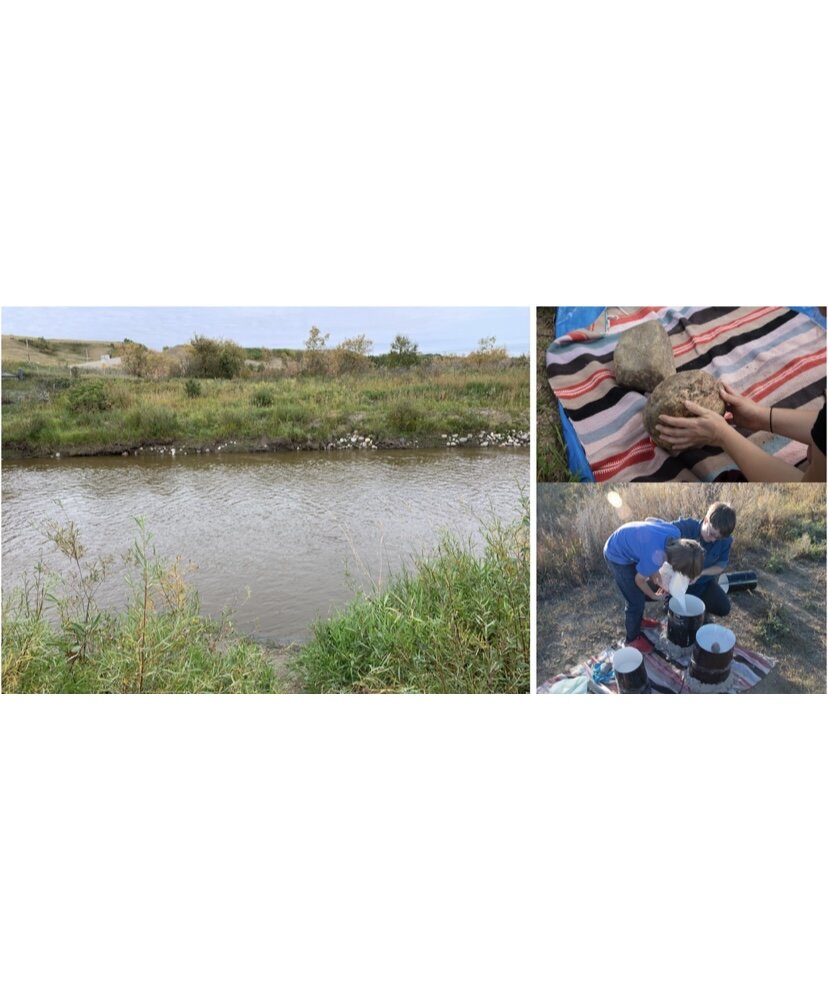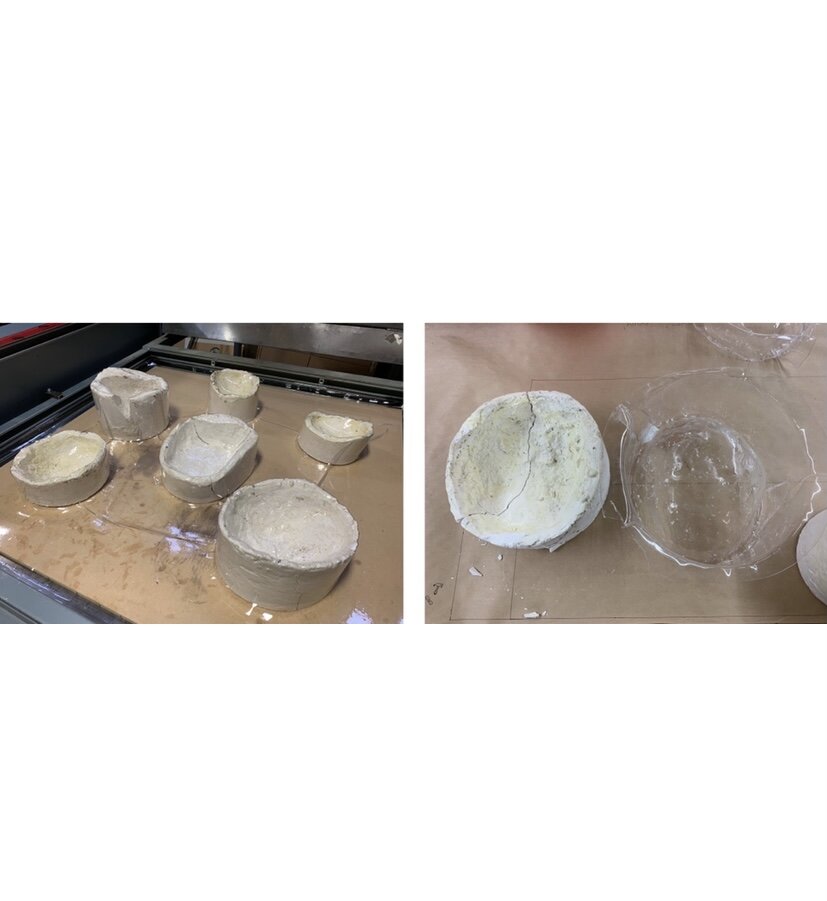Visiting with memory
Traveling Exhibition (TREX Southeast Alberta)
Curated by Genevieve Farrell
Catalogue link
Caring for memories is blurry work and we will never know the whole story. Visiting with Memories embraces a decolonial structure and begins with a re-lensing process. I feel obligated to work respectfully and to acknowledge more-than-human, First Nation, Métis and Inuit knowledge’s in this place. As a granddaughter, niece and mother, I understand my memory-work is to rebuild the relationships ruptured by the early passing of my Grandmother in 1962. We travel to visit with my Aunties, they share their stories and the photographs come alive. During our visits, we ask questions about what is not pictured in the family album including; the heavy oil fields, interactions with Indigenous Peoples, and the impact of commercial farming on the river. Learning the intricacies of their stories take patience and doesn’t happen overnight or even in four seasons.
When visiting the land, I step outside my western autoethnographic framework and ask: what is my responsibility to the land my relatives farmed and stewarded? How do I work ethically with plants and stones? My teacher Tanya Harnett (Nakota from Carry The Kettle First Nation) taught me that to work with stones is to work with the oldest knowledge keepers or Grandfathers. She says when we visit our relatives we go to the Grandfathers, we don’t ask them to come to us. This is the way in which we make the moulds with the stones by the river. In our visits over the seasons my son and I acknowledge our responsibility while we witness a small piece of the complex intersectional memories and stories in this place.
